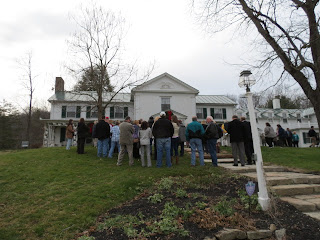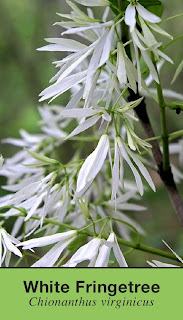As each year goes by, it seems that I am having more and more fun. I think that is a good thing. But honestly, it doesn't take much to make my day.
This little American Kestrel, for example, was one high-light of my Crawford County Bird Count. Out of the corner of my eye, I caught it flying into this protected corner of a barn.
It was perfection in my mind. The right bird in the right place, with his gorgeous colors in perfect contrast to the stark white building and a snow covered barnyard. I just had to stop at the edge of the road to take his portrait.
After a few photos of the Kestrel, I wanted to document the whole scene. Consider the distance of the barn from the road. Now you see why I was thrilled to have noticed that movement, that smallest of falcons, as it found shelter from the winter winds. Simply amazing.
Suddenly, the farmer called out, "Hey! What'chu doing over there?" I backed up my car and spent a few minutes explaining my joy for these little mouse-eating falcons and our Christmas Bird Counts. He apologized for being gruff, and asked, "What's that bird's name again?"
Seems there were some break-ins recently, but he held his dog and we talked birds for a spell. I admired his handsome farm and his good fortune to have a kestrel on it, and explained why we citizen scientists keep track of the little guys.
I like birds and I sure enjoy birding. But it feels especially good when we can help someone else see our joy and feel good about the role they play in the life of an American bird.
What could be a more perfect way to end the year?





















+Calf.JPG)
















+CBH.JPG)
CBH.JPG)
CBH.JPG)
.JPG)

CBH.JPG)
.JPG)







